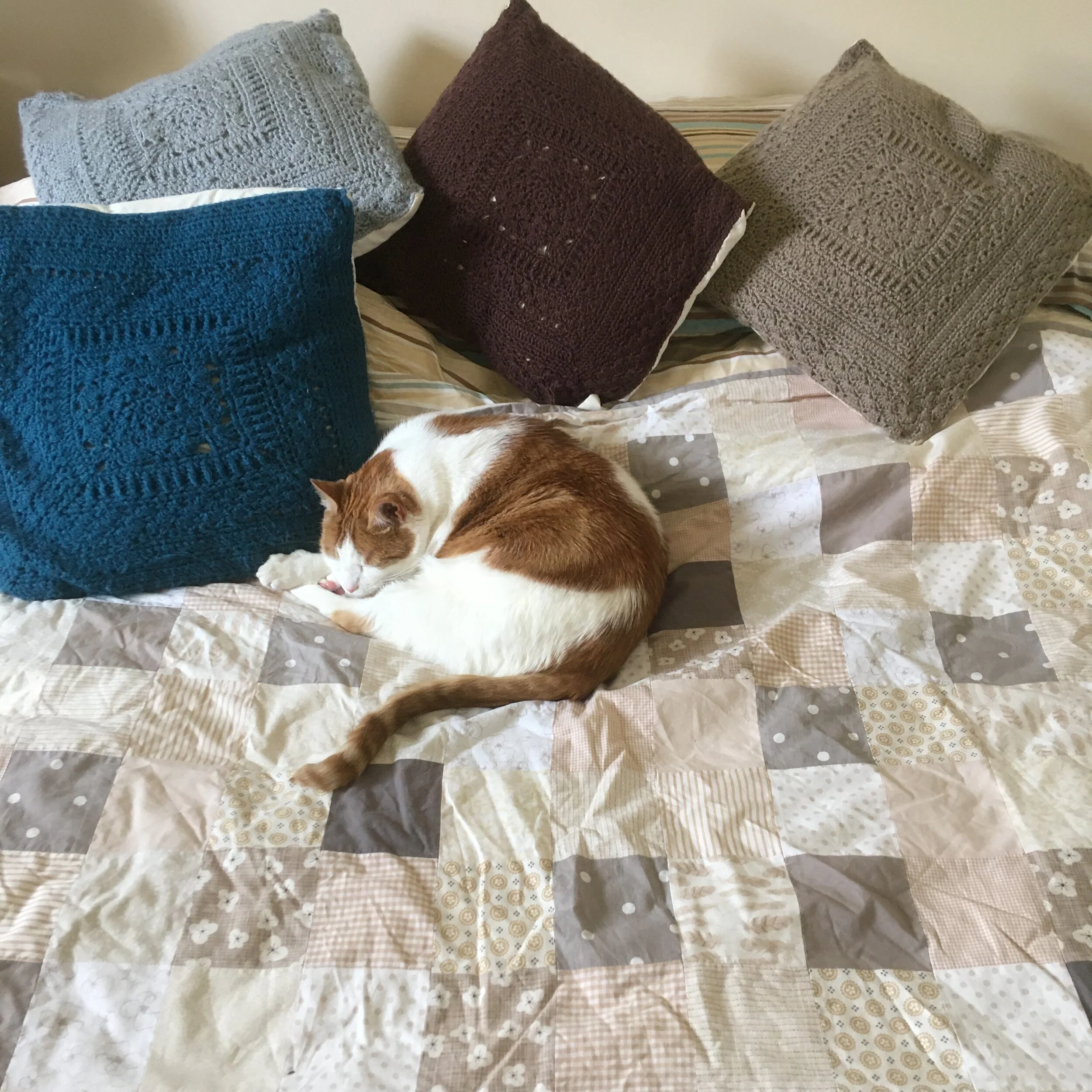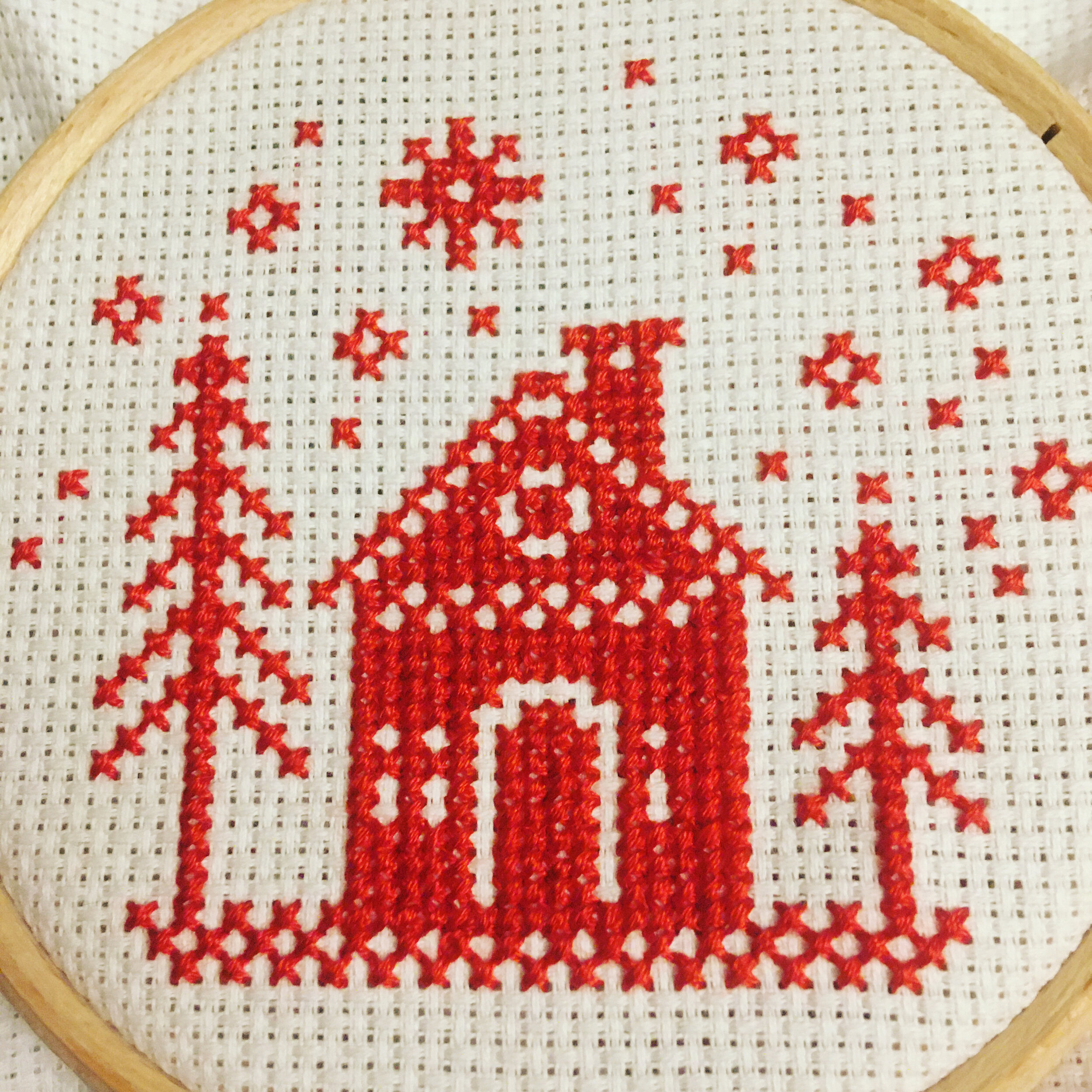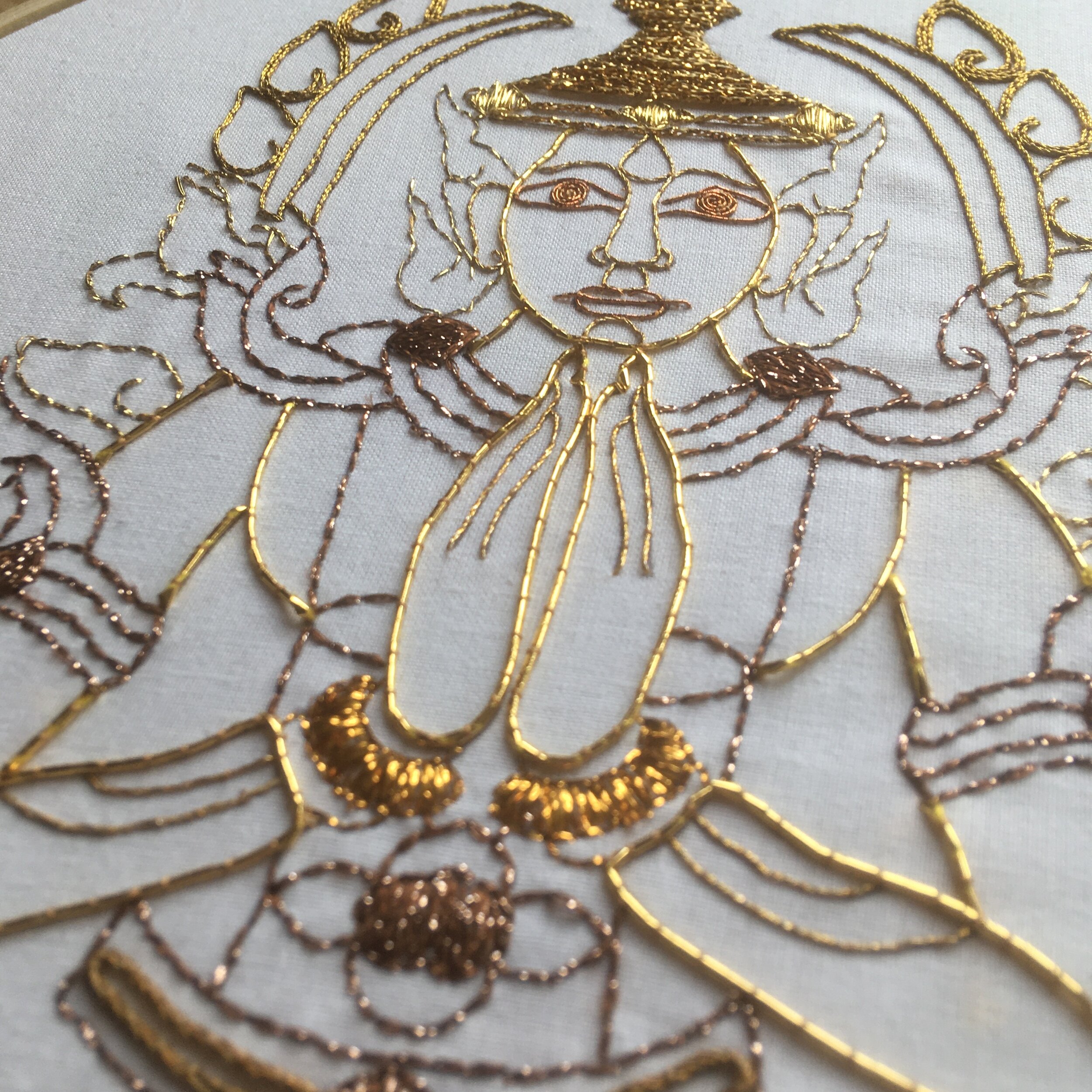I’m part of a small business huddle with a lovely group of other small businesses. Every couple of months there is an even on Instagram where each of the businesses taking part has an offer - a deal, discount or something else they want to share.
For #FindYourJanuaryJoy I offered a free embroidery pattern (you can find all the free patterns I’ve published since then here).
During #MakeMarchMagic I tried out offering an embroidery workshop for free.
I had a break for the May event but I’m now back for July and now it is my turn for my offer and I have a free 20-page ebook to help you get started with embroidery. Packed full of everything you need to know and lots of my hints and tips too.










































